Grace Park provides a mini masterclass on how violinists can bring to life to the stylistic and musical qualities of the two seemingly opposite composers
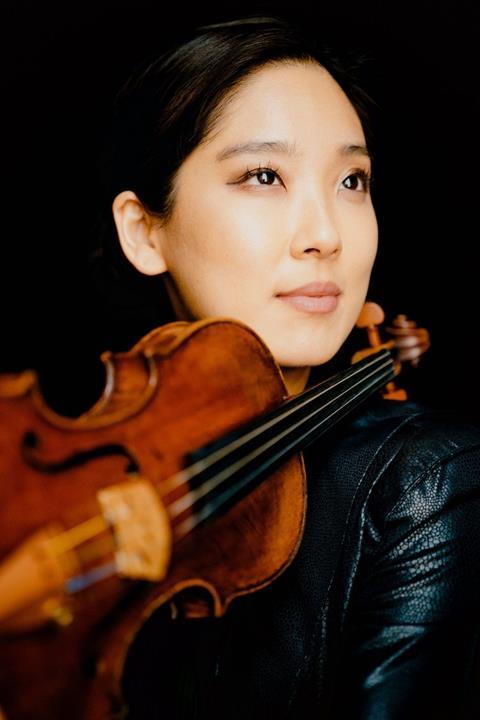
Read more Featured Stories like this in The Strad Playing Hub
As violinists, we often approach Dvořák and Mozart as stylistic opposites—one emotionally raw and folk-infused, the other refined and classically proportioned. While that distinction holds true in a general sense, the real work begins when we look closely at what each composer demands of us—technically, stylistically, and emotionally. As a player, one must explore key interpretive and mechanical elements that authentically serve both composers’ voices, with a focus on sound production, rhythmic articulation, (emotion evoking) phrasing, and vocal imitation.
1. Sound Production: Bow expression and Vibrato
Dvořák: Weight and Warmth
Dvořák’s music requires a tone that resonates from the centre of the string—rich, grounded, and often tinged with a bittersweetness. I imagine there being a nucleus in the centre of the string and the material surrounding that reverberates off of that nucleus. To achieve this:
-
Contact Point/ Bow Pressure and Speed: Grab the note closer to the bridge and let it resonate from there, especially in lyrical passages like those in the Romance in F minor, Op. 11. This draws out more core from the string, allowing for depth and resonance. However, it is important not to just pull the bow with one speed. The release is just as important as the pressure. There must be strong contact in the beginning of the note with an intentional release, allowing the note to ring and most importantly, allowing the instrument to reverberate throughout. The type of weight and release of the bow can help bring out the rustic, grounded quality of the tone.
-
Vibrato: Wider and slower and continuous (!), initiated early on longer notes. Consider using more arm vibrato than wrist vibrato for warmth and stability, especially for the cantabile lyrical phrases. Of course, one knows it’s not as simple as choosing one or the other. One must create variety and a dance between both depending on what’s going on in the music.
Mozart: Transparency, Lift, Drama
Mozart, by contrast, demands a cleaner, more transparent tone with just as much drama and beauty of tone. Oftentimes, one assumes because it’s ’Mozart’ one must play lighter and more carefully. I find this thought process to be a dangerous one- Mozart’s music begs for humour, drama, darkness and longing alongside elegance and grace.
-
Contact Point, Bow Pressure and Speed: The start of the notes should be just as pronounced as Dvořák, but with the release happening more quickly. Employ a faster bow speed and less pressure than compared to the development of Dvořák’s Romance. In general, avoid heavy accents unless stylistically justified. Grabbing the consonance of the note can be seen as a parallel to a singer grabbing the consonance of their note in a Mozart opera. This is what really carries in a big hall. The density of sound can vary, especially in the upper register of concertos like K. 218, A Major.
-
Vibrato: Narrower, more continuous, and used with restraint. In some cases—like passagework in Mozart’s Adagio movements—no vibrato can be a choice. In my opinion, it’s not necessary to keep the non vibrato throughout a whole phrase, as it tends to develop in harmony and drama. The non vibrato can give a haunting, ghostly effect. Adding, as much as taking away that vibrato can help add to the drama of Mozart.
2. Rhythmic Articulation: Internal Pulse and Bow Engagement
Dvořák: Dance-Inflected Grounding
Dvořák often draws from Czech folk rhythms: furiants, dumkas, and polkas, imbuing his music with a clear dance character.
-
Bow Stroke: Often détaché with a slight bite or articulation at the front of the stroke. Use bow weight to emphasise beat hierarchy (for example, a slight stress on beat one of 3/4). The lifted energy in faster movements (i.e, Sonatina, Op. 100), one can use springy détaché or light spiccato for rhythmic buoyancy, but maintain core to avoid sounding too light. I like to play around with different sound effects when playing Dvořák. With the influence coming from such strong folk traditions, a slight ponticello or sul tasto can be very effective and persuasive.
-
Offbeats and Syncopation: Maintain a strong internal pulse and allow the syncopation to speak without over-accentuation. Dvořák likes to play around with syncopation that also brings out hemiolas. Recognising this with a slight added pressure of the right or left hand or both is expressive and also really fun!
Mozart: Graceful Precision
Mozart’s rhythms are grounded in symmetry and poise, even in virtuosic moments.
-
Bow Stroke: Détaché must be even and refined, with clarity of articulation and less percussiveness. However, careful use of percussiveness in Mozart can be a wonderful way to bring out characters and expression. (i.e, last variation with triplets of the Turkish March in the final movement of KV.219, I add ponticello to give that haunting yet playful element)
-
Pulse Shaping: Use micro-dynamic shaping within a bar (subtle swell into beat 2 in 3/4, or a slight lift on beat three) to keep the rhythm alive without over exaggeration. However, that exaggeration is invited in Mozart’s music (i.e, the Turkish dance in the last mvt of KV. 219).
-
Baroque Influence: In galant passages, light, quick strokes near the balance point echo the style of earlier composers like Haydn.
Final Thoughts: Technique as Translation
As violinists, our role is to become translators of each composer’s emotional and stylistic intent. Dvořák asks for vulnerability and folk-rooted expressiveness; Mozart demands grace, proportion, and transparent beauty. Technically, that means making informed choices- about bowing, articulation, vibrato, shifting, and fingerings—that align with the composer’s language.
Whether approaching the poignant lyricism of Dvořák’s Romantic Pieces or the crystalline elegance of Mozart’s Violin Concerto No. 5, the core principle remains: technique must always serve the music.
Grace Park’s album featuring works by Dvořák and Mozart with the Prague Philharmonia and Emmanuel Villaume is out now on Orchid Classics.
Read: Masterclass: Dvořák Violin Concerto, first movement
Read: Masterclass: Dmitry Sitkovetsky on Mozart Violin Concerto no.5 first movement
Read more Featured Stories like this in The Strad Playing Hub
The number one source for playing and teaching books, guides, CDs, calendars and back issues of the magazine.
In The Best of Technique you’ll discover the top playing tips of the world’s leading string players and teachers. It’s packed full of exercises for students, plus examples from the standard repertoire to show you how to integrate the technique into your playing.
The Strad’s Masterclass series brings together the finest string players with some of the greatest string works ever written. Always one of our most popular sections, Masterclass has been an invaluable aid to aspiring soloists, chamber musicians and string teachers since the 1990s.
The Canada Council of the Arts’ Musical Instrument Bank is 40 years old in 2025. This year’s calendar celebrates some its treasures, including four instruments by Antonio Stradivari and priceless works by Montagnana, Gagliano, Pressenda and David Tecchler.


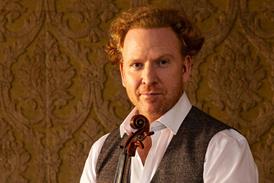
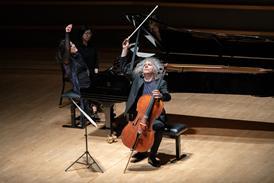
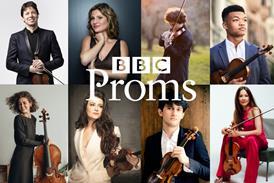
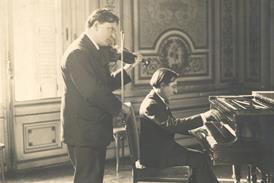
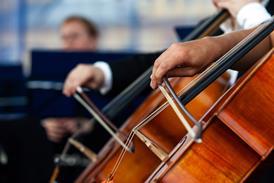

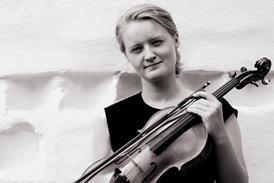
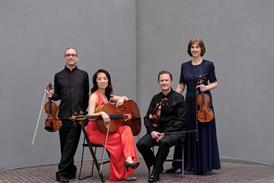
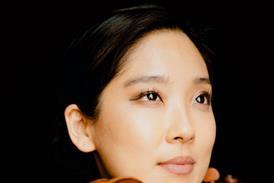
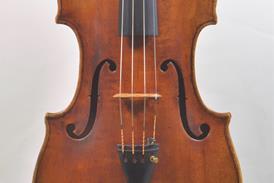
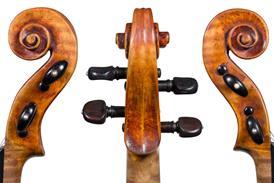


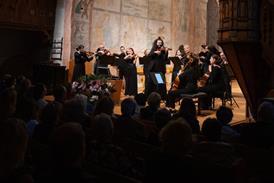

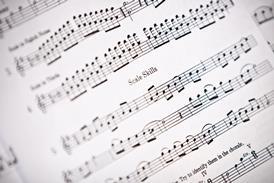
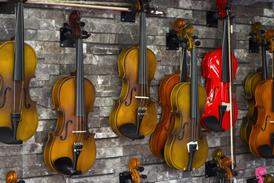
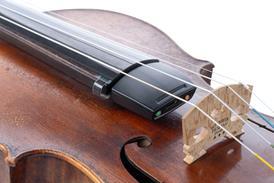
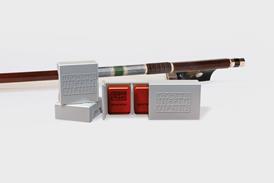
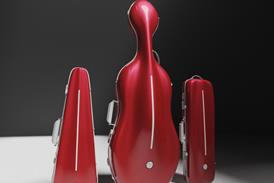
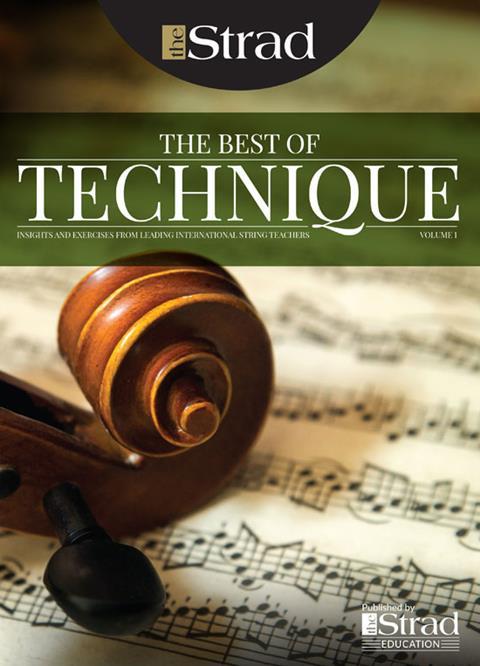
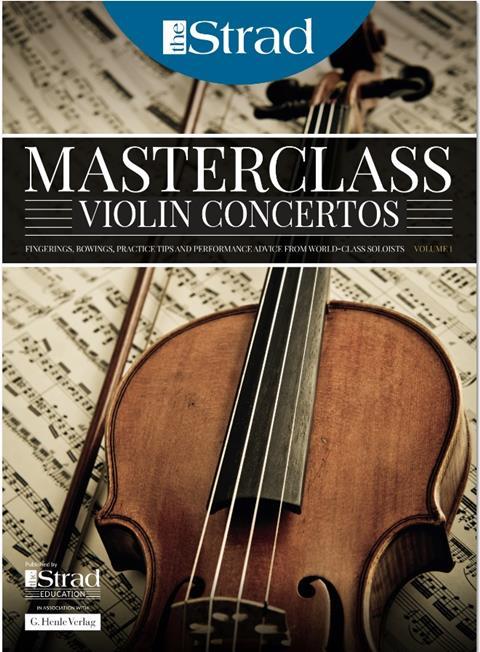
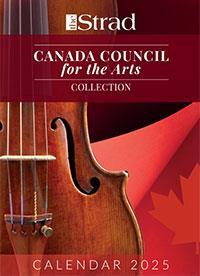












No comments yet